Op Art from the 1960s was not what a painting was about, but how the painting could fuck with your head, using sly tricks of perception.
"These new kinds of subjective experiences, which result from the simultaneous contrast of colors, after-images, illusions and other optical devices, are entirely real to the eye even though they do not exist physically in the work itself. Each observer sees and responds somewhat differently," is how the Museum of Modern Art described Op Art in 1965, at the height of this modern art movement.
The new Mary Dill Henry exhibit, Love Jazz, at Berry Campbell Gallery, NYC, collects this Op Art pioneer's paintings from 1965-70. In her 50s by this time, she had reached her signature style. "Oscillating shapes form kinetic patterns and Op Art illusions in works from this time," the gallery notes.
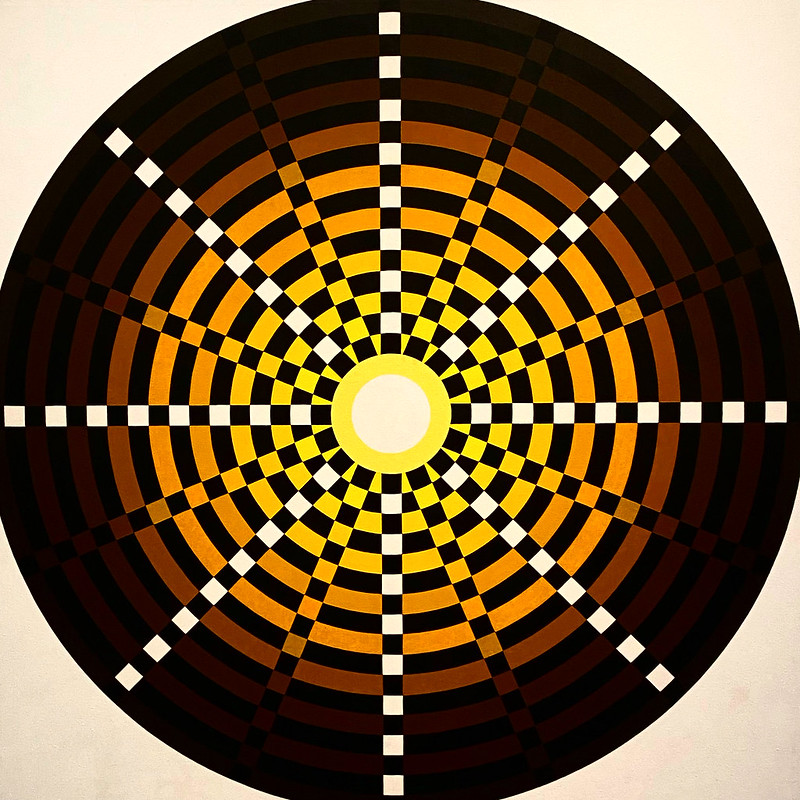 "Mandala #1"
"Mandala #1"
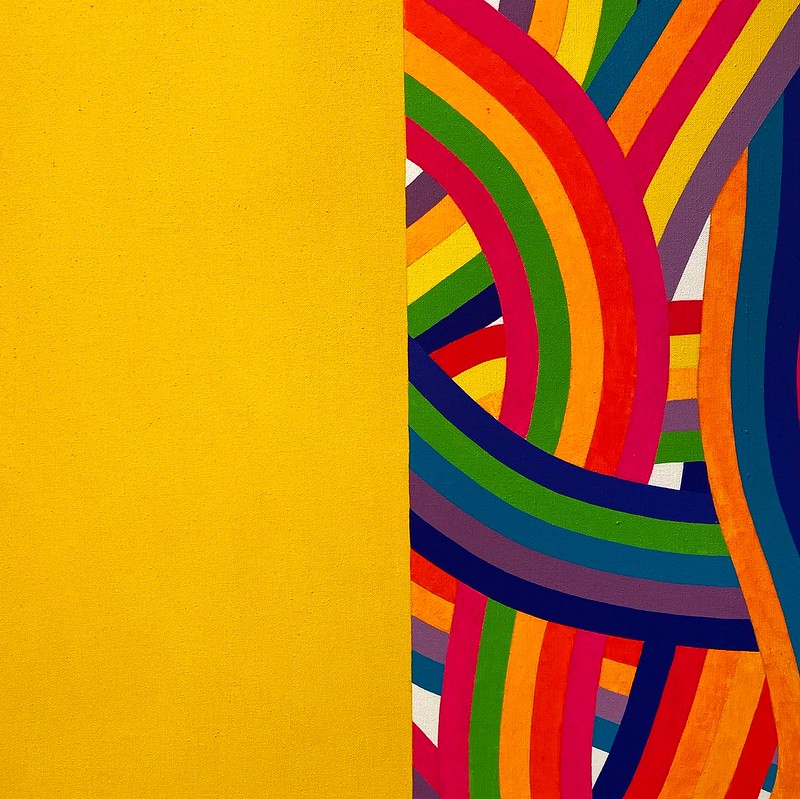 "Euphoric concentration" (detail)
"Euphoric concentration" (detail)
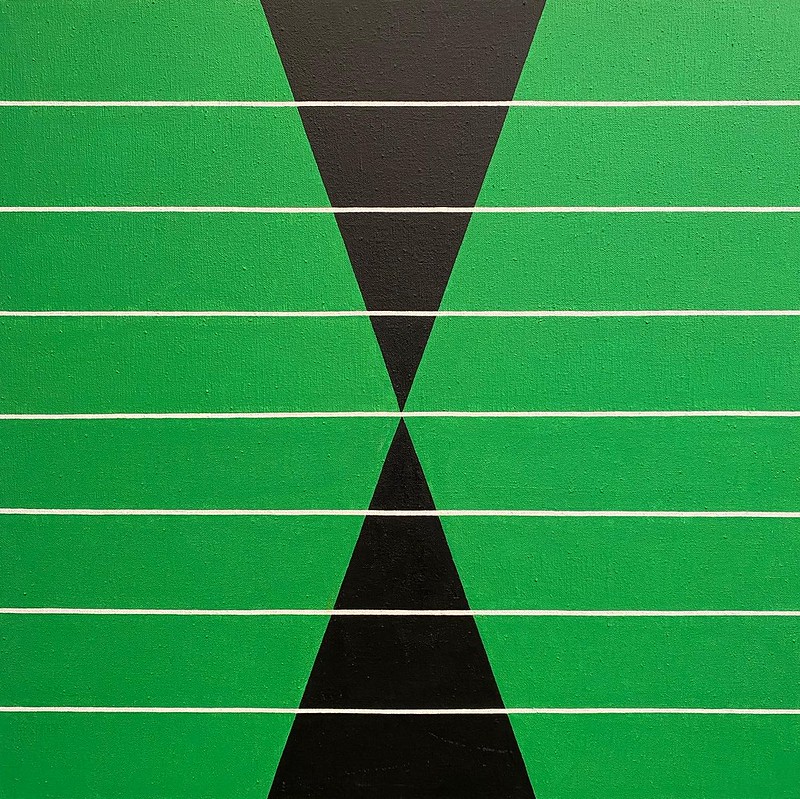 "Nexus II" (Detail)
"Nexus II" (Detail)
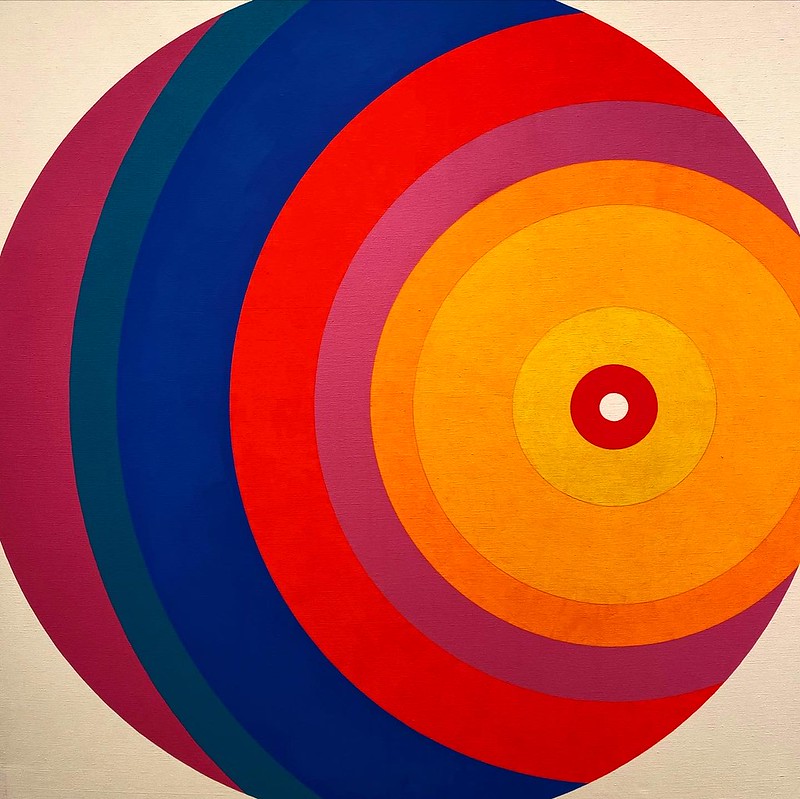 "On/Off" (1)
"On/Off" (1)
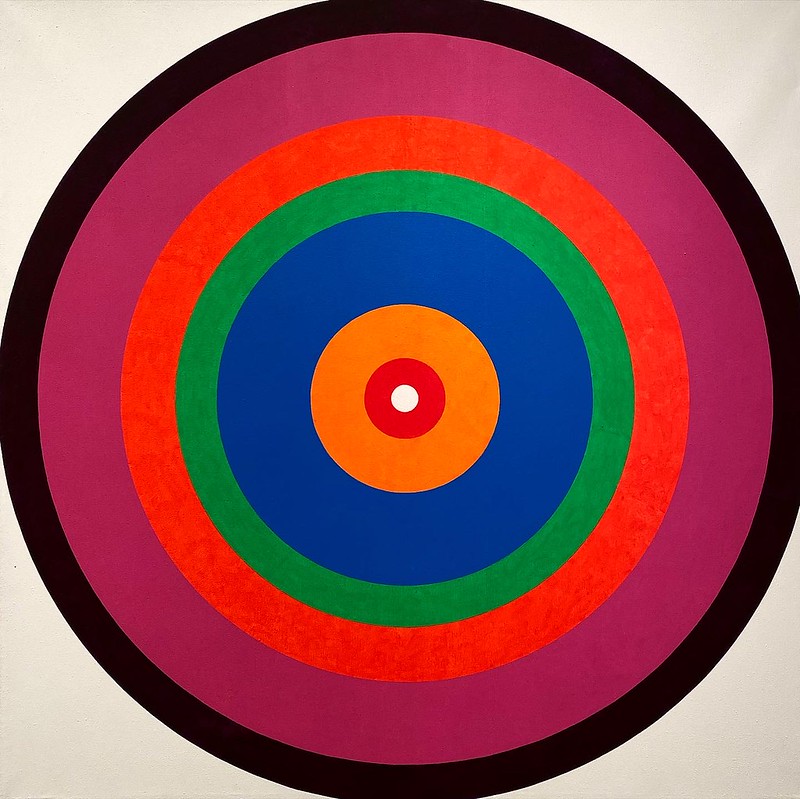 "On/Off" (2)
"On/Off" (2)
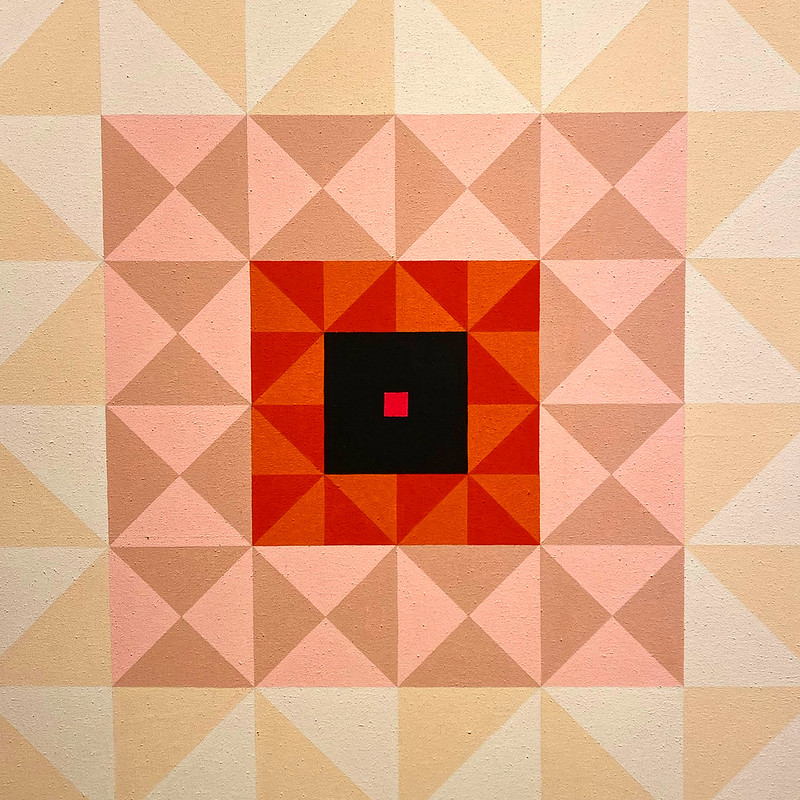 Rapunzel's Tower
Rapunzel's Tower